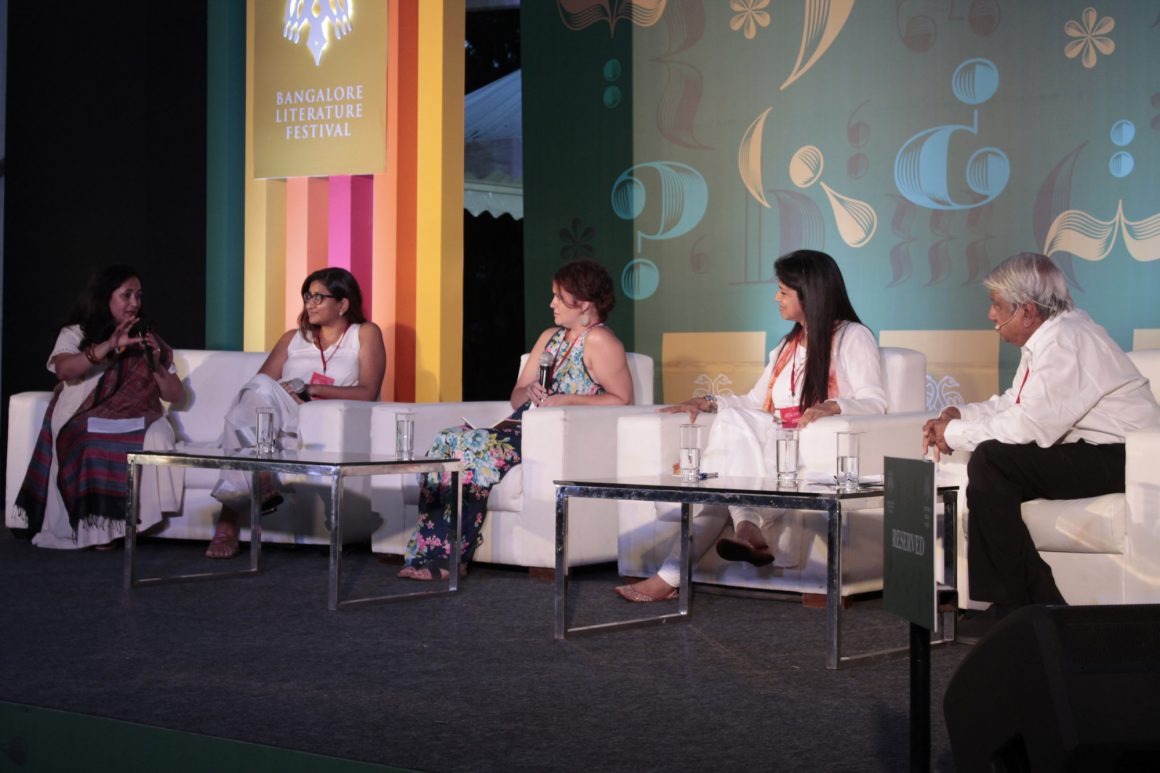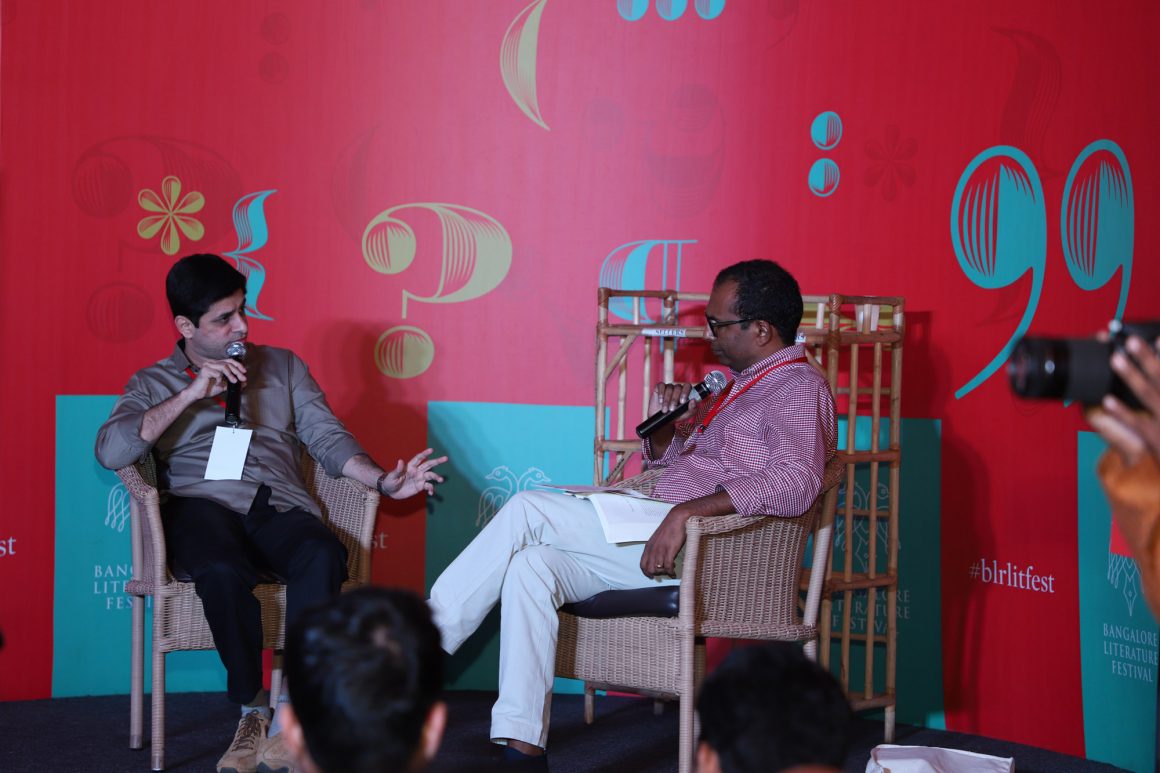With the premise of how festivals and culture keeps a society alive, the panel was mediated by Sadhana Rao. Sadhana is a research-led writer and curator in the Arts & Culture area. She has written on Travel, Socio-Economics, Literature, Film festivals & Music for leading newspapers and Journals such as The Hindu, The Economic Times, Deccan Chronicle, Tehelka, Housecalls, Shruti etc. The panelists included Jagadish Raja, Kamini Sawhney, Lucy Nelson, and Namita Devidayal. Jagdish Raja and his wife, Arundhati Raja are the founders of JAGRITI. Jagdish started his working life as an apprentice printer in London. He is a Graduate Member of the Communication Advertising and Marketing (CAM) Education Foundation, United Kingdom and an Associate of the Trinity College London (ATCL). Kamini Sawhney has recently joined the Museum of Art & Photography (MAP) in Bangalore as its Director. MAP is an upcoming museum that is set to open its door to the public in the latter half of 2020. Designed as a 44,000 square foot facility in the heart of the city, it will be spread across five floors and will house multiple galleries, an auditorium, a research library, a conservation lab, classrooms, a museum store and cafe. Lucy Nelson, is the Artistic Director of the Queensland Poetry Festival in Australia, previously, co-founder and Artistic Director of Noted Writers Festival. Lucy has written non-fiction for the Sydney Morning Herald and the Big Issue and her fiction has been awarded residencies and shortlisted for prizes in Australia and the UK. Namita Devidayal is the author of The Music Room, Aftertaste and The Sixth String of Vilayat Khan. She is a journalist with The Time of India and co-director of the Times Litfest in Mumbai. She is a trained classical singer. She graduated from Princeton University.
The discussion revolved around the aspects of art in a society and how culture impact brings the variations in the festivals and art forms celebrated. Jagdish touched based on his journey of creation of JAGRITI. He also relates to the fact that the perception of theatre has changed over time. And, every day brings more fractions of audience is getting attracted to theatre. Engaging audience was the next segment of discussion. Kamini mentioned that with taking art to the society, we should also try to bring the society to the heart of the art. Namita added that inculcating spaces for artists other than the work projected also plays a core role in bringing art and community together. Lucy spoke how artists from varied backgrounds should be approached and their perspective on developing more inclusive spaces for people of color and differently abled must be inculcated in our present art space.
Discussion on how patronage can be an issue to build such inclusive spaces was also carried forth. Kamini gave statistics on how much government funding and corporate CSR actually goes to museums. The discussion wrapped up with the questions taken from audience and final insights on the efforts of creative industry making its next best moves.
About the Author: A modest graphic designer and an amateur blogger – Liyana believes in weaving stories that come as a ‘solace on a late winter night’. She loves climbing mountains and can be seen spending hours looking at the night sky. She blogs at liyanashirin. She currently writes for TheSeer.










